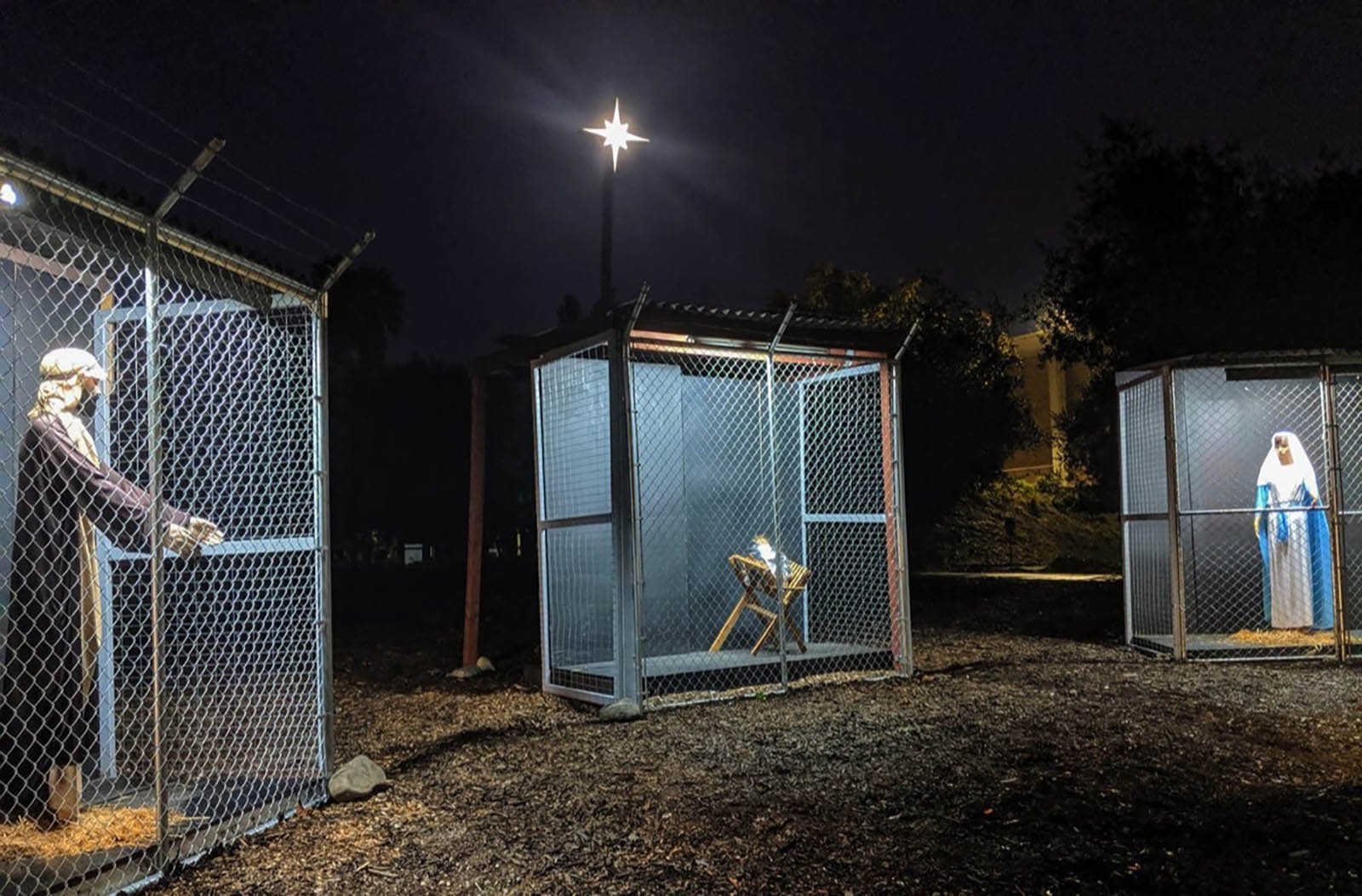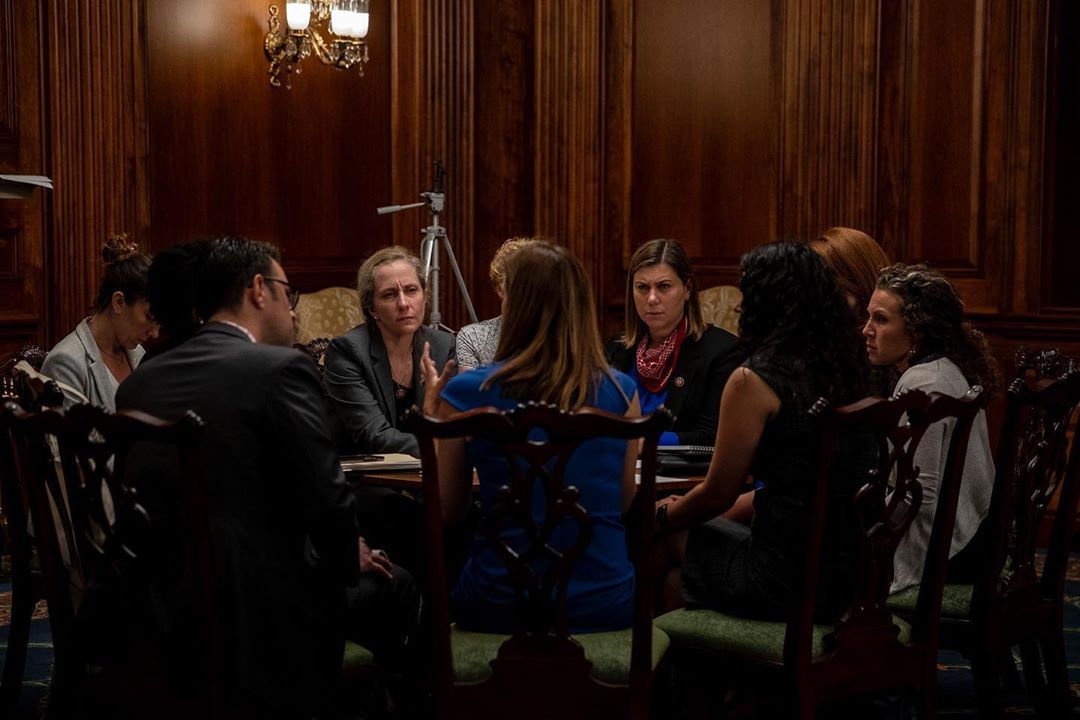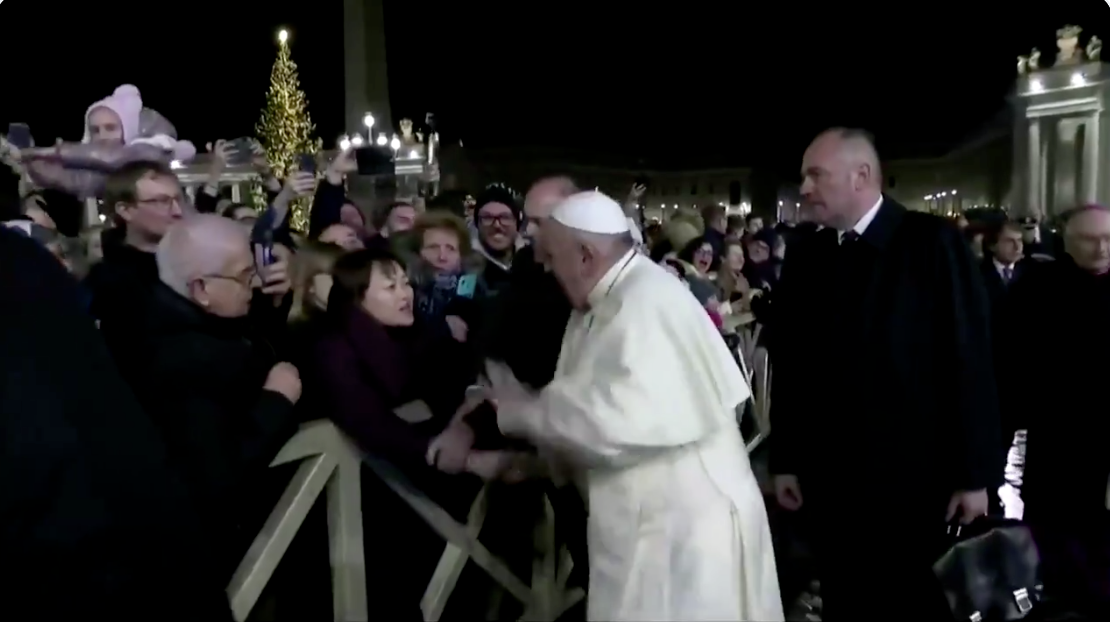Notes
Christmas Back With a Vengeance: Jesus, Mary and Joseph in Cages

‘Tis the season to set up the church’s protest nativity, share a picture of it on social media, and tag it as the #holyfamilyseparated.
That is what California’s Claremont United Methodist Church did last week, saying look what would happen if Joseph, Mary, and baby Jesus — “the most well-known refugee family in the world” — tried to seek asylum in today’s USA. Taken by the Rev. Karen Clark Ristine and circulated on Facebook, this photo went viral along with Ristine’s theological statement suggesting that the holy family today would be detained, separated, and treated like prisoners by the US Border Patrol.
One explanation for why this photo caught so much attention is because of the way it turns the phrase “family separation” into a pictograph — a pictorial symbol for a word or phrase. For audiences familiar with the usual arrangement of nativity scenes, this photo makes the realities of family separation more vivid and accessible. It turns the logic of separation into an arresting spatial composition.
Oddly enough, the religious symbolism of the holy family is what announces this staging as thoroughly political. In what other context would three chain link cages partition off individual family members from each other? And how else to view that silver Mylar blanket, which in this photo can be seen wrapping the baby Jesus, but as a symbol of ruthlessness at the US border?
Protest nativities are not entirely new, though it is with an especially cruel irony that this one from California is breaking through. Kids-in-cages already are an internationally recognized symbol of Trump’s hardened heart. What’s more unnerving is that this photo also comes at a time when white Evangelical Christians are praising President Trump for celebrating Christmas and, consequently, for “bringing Christ back to the national forefront.”
Christmas is back, no doubt. Back with a vengeance.
Speaking of comebacks, Rev. Ristine’s photo echoes one that circulated widely in 1987, when photographer Andres Serrano took two potent cultural symbols — one sacred and one profane — mixed them together in a single image and called it art. Critics called it shock art, and the photo would become a major flashpoint in America’s “culture war.” What made Serrano’s image so jolting back then, of course, was that it removed Jesus Christ from his holy element, depicting him instead as a figure fully submerged in a container filled with human waste.
Social conservatives pointed to Serrano’s defiled portrayal of Jesus Christ as evidence that the nation was turning its back on God. Today, we hear this same anxiety in annual complaints that the “War on Christmas” is a systematic effort to expel Christ, to reject Christianity, to abandon “the true meaning of Christmas.”
Rev. Ristine’s photo turns the symbolic tables on such hypocrisy. It concedes that since there is still a contest over how to define Jesus and his “nativity,” then there is a way to shine a spotlight on the cruel nativism of border detention and family separation.
— Philip Perdue
Photo: Rev. Karen Clark Ristine. Caption: A nativity scene depicting Jesus, Mary and Joseph as a refugee family separated was displayed Saturday at the Claremont United Methodist Church in California.


Reactions
Comments Powered by Disqus